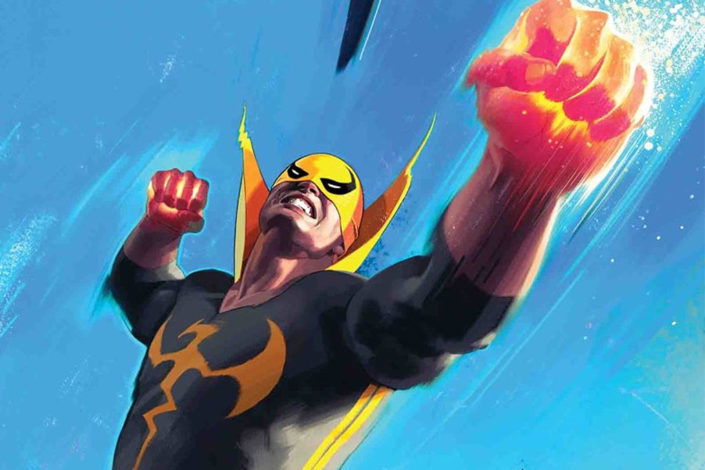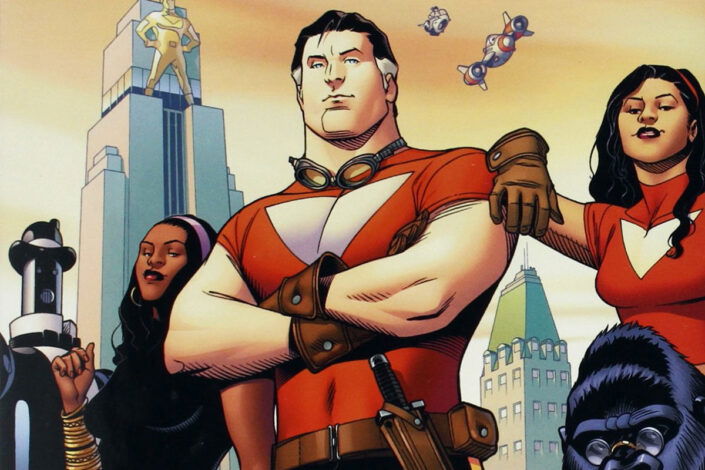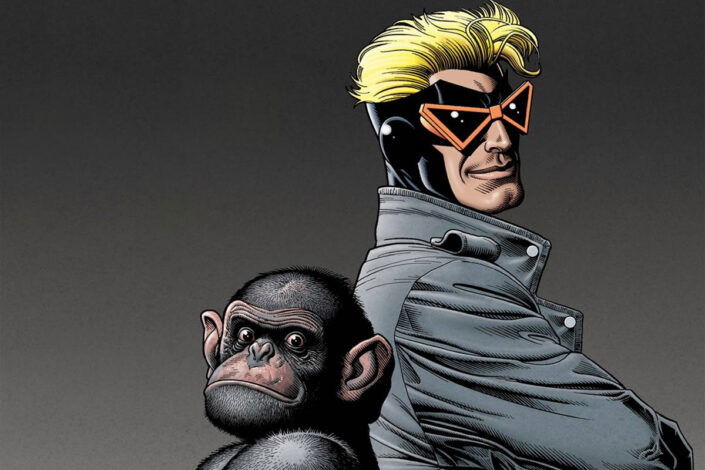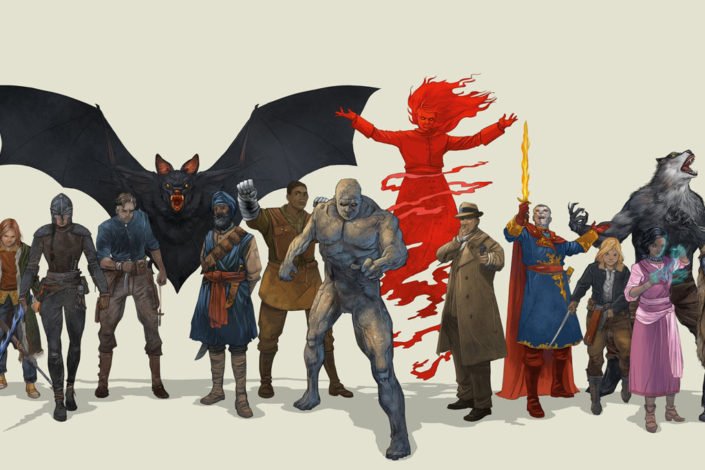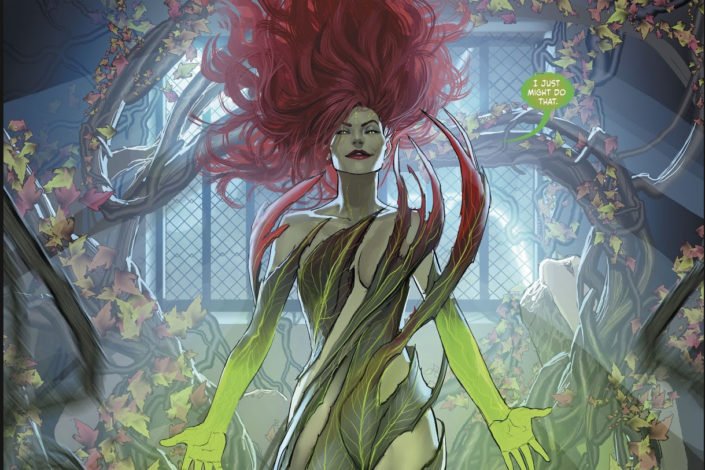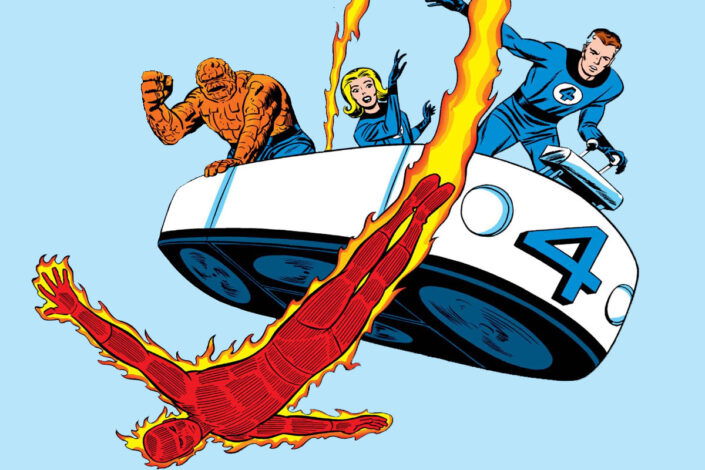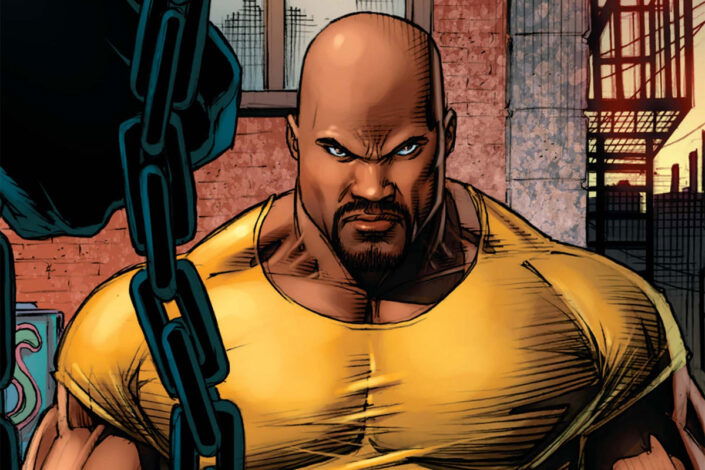Iron Fist Reading Order
In 1972, Marvel tackled the growing popularity of Blaxploitation with the introduction of Luke Cage. During that period of time, martial arts also gained momentum, and Iron Fist was created in response to that—Shang-Chi, Master of Kung Fu, was already launched.
Writer Roy Thomas and artist Gil Kane created the powerful Iron Fist in the pages of Marvel Premiere #15 (May 1974). The story starts with Daniel Rand finding the path to K’un-Lun (a Shangri-La type of city up in the Himalayas). There he spent a decade training under its immortal inhabitants.
After years of tutelage, he became an unmatched master of martial arts and spiritual control; armed with the shattering power of the iron fist, he left immortality behind to set out into the Western world and avenge his parents’ death.
Iron Fist quickly got his own ongoing series but, as the martial arts craze faded, he was teamed up with Luke Cage in the pages of the new Power Man and Iron Fist series. After that, he was left for dead but came back during the 1990s. Once again, he worked with Luke Cage, but also Colleen Wing and Misty Knight!
In 2022, Danny Rand passed the mantle to a successor named Lin Lie, but that doesn’t mean he disappeared…
Like many other Marvel characters in the last decade, Iron Fist/Danny Rand has appeared in the Marvel Cinematic Universe, where he has been portrayed by Finn Jones in Iron Fist, The Defenders, and the second season of Luke Cage.
